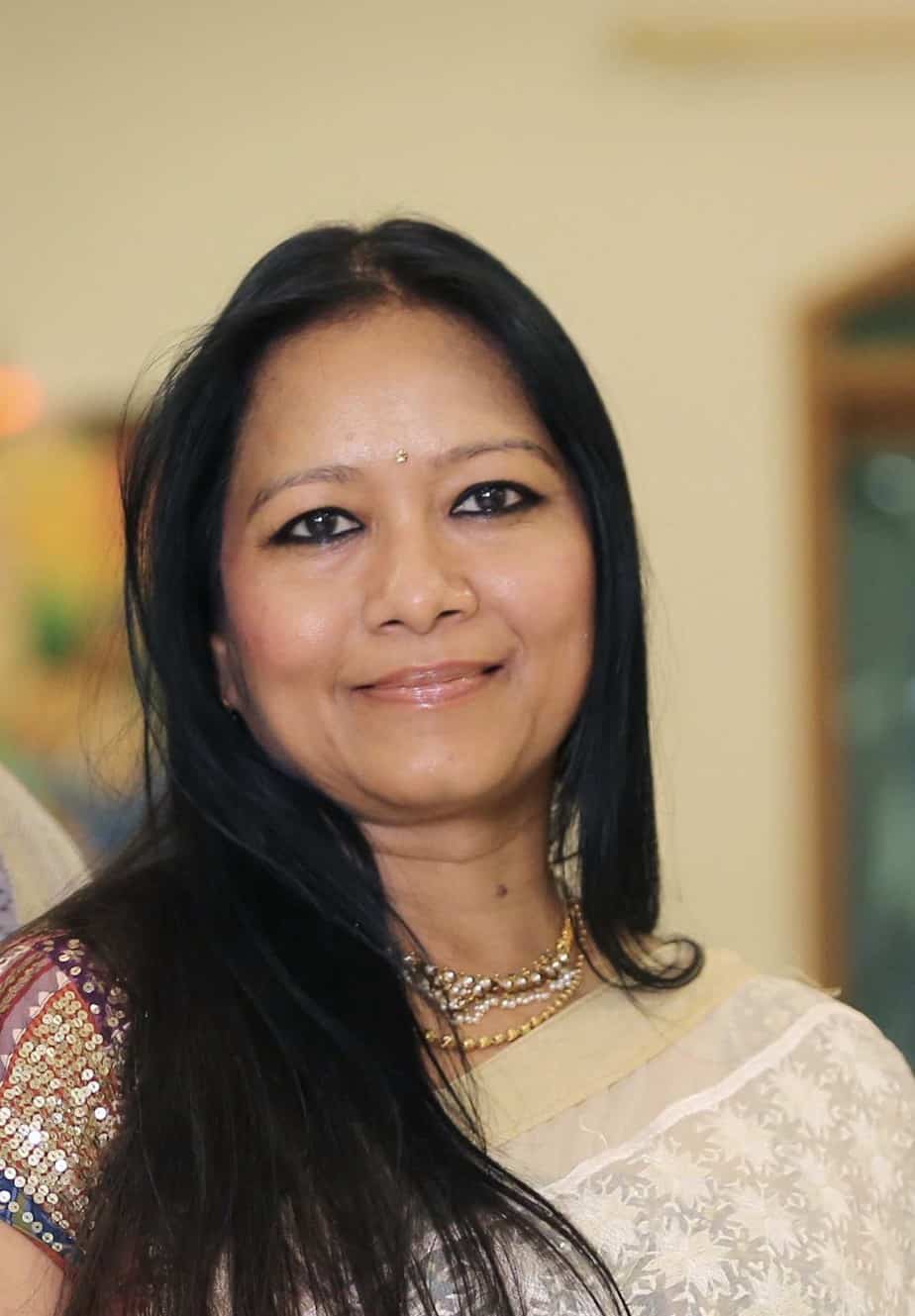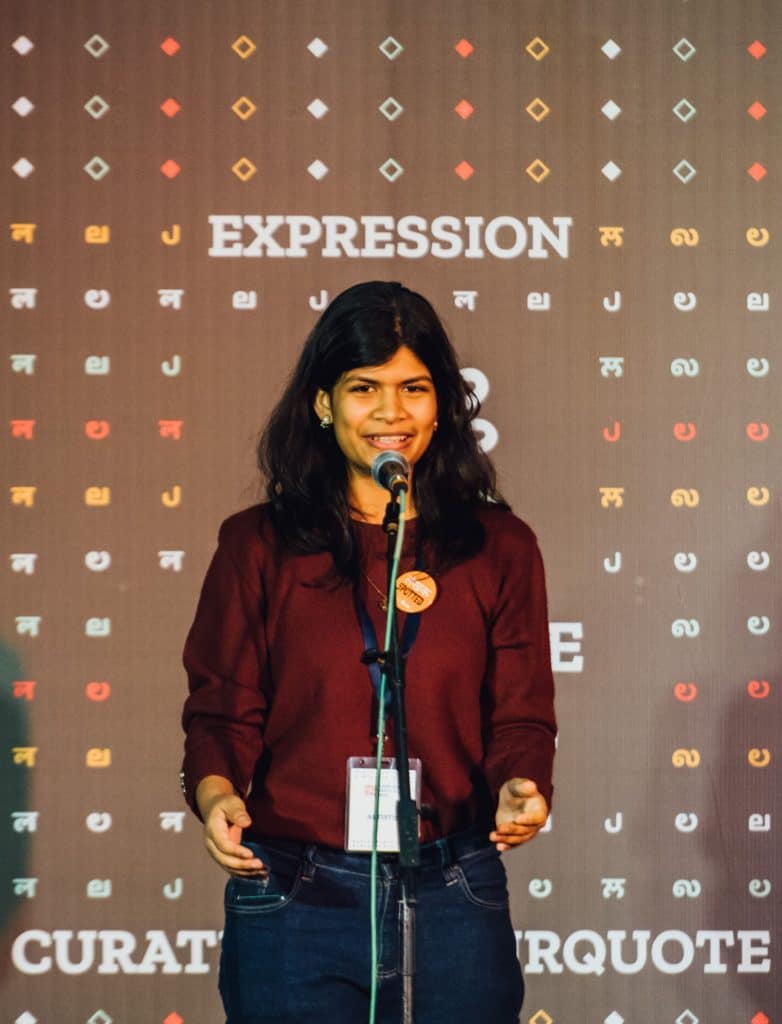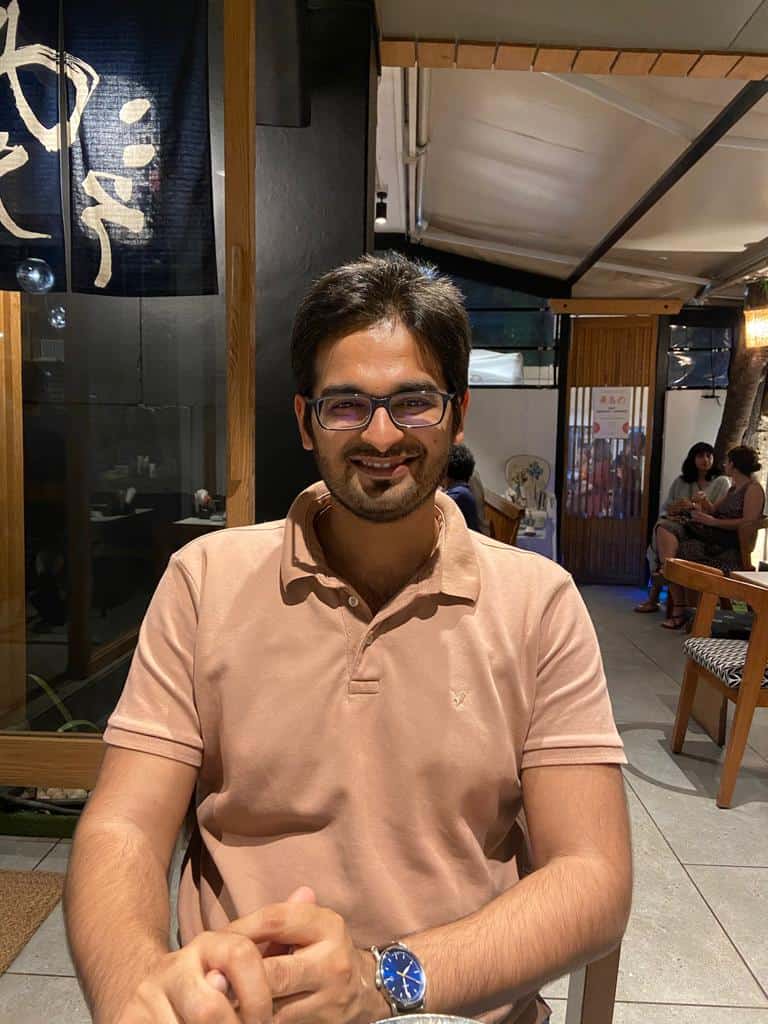On the 19th of April, 2021, I brought three poets under one roof – on a Zoom call – to capture their thoughts and expressions on the city, the lockdown, and of course, poetry.
Presenting Vishakha Khanolkar, 20, Nadeem Raj, 33, and Vinita Agrawal, 55; true Bombaywallahs and truer poets who gave poetic expression to lockdowns and the emotional toll it took on the society as a whole.
Vishakha Khanolkar is Teach for India fellow. When not entertaining a bunch of 8th Standard teens, she writes short stories and poems. Vinita Agarwal, award-winning poet, editor, and curator has done it all- 4 poetry books, an anthology, literary prize board, and a film feature. Nadeem Raj calls himself an unabashed romantic and gastro-poet. He has been published in anthologies, has featured at performance events, and judged poetry contests.
The lockdowns
When asked what she felt about the lockdown, Vinita said it gave her new inspiration. She wrote about migrant labourers, which she hadn’t before. “… it’s extremely disappointing, and I’m angry about it. I think as a poet, one just tends to respond to the circumstances that surround us”, she spoke with anguish.
Vishakha, the 20-year old social servant said the lockdown has been a huge privilege-check for her. “Last year, we were at home, we were safe, while people had to walk back home. Most of my poetry from that time came out of my guilt.”
Vinita admitted that she, too, had been writing out of the same guilt. “I closed my eyes and tried to feel very deeply what they must have endured. I tried to think of each and every tree they must have crossed and the leaf of that tree…”

Pandemic poetry
There has been poetry from the plague, poetry from the wars, poetry from the freedom struggles, and now, pandemic poetry. How will this era of poetry will go down in the history of mankind?
Vinita said their poems will serve as a record of what they witness, but also of how they responded emotionally. “The mental health issues, the physical health issues, the hardship, the suffering, the fear, the psychosis of the pandemic — there’s a goldmine of literary tropes”, she added.
Vishakha compared lockdown poetry to that written during the CAA-NRC protests, and added, “That’s what poetry strives for, and what we should strive for. That’s what is the purpose of poetry during lockdown as well.”
The role of art is not just to incite action at that moment, but also to record. “Faiz’s Hum Dekhenge had become an anthem at protests. So, the job of art is also to record and reflect,” observed Nadeem.
Read more: Mumbai College Offers Course To Understand Hip Hop
Home is a Crusade
We believe in many things.
but right now I believe in the ‘walkers‘
who trudge from Mumbai to Khurja
with children too tiny to leave the breast
who rest by day and walk by night
cleaving lands with bare feet
lands whose names I can’t pronounce.
Their belongings in shapeless sacks,
faded jholas, worn canvas bags.
Slaking their thirst at every river, every creek
as though on a pilgrimage.
Home is a crusade.
The biscuits have crumbled, bread, stale
but it tastes alright under the awning shade
of an evening tree.
When they look at each other,
drawing strength from the other‘s resolve.
What it is to be a labourer. A migrant at that.
I am guilty of having a roof over my head
of the rent not burning a hole in my pocket.
Digital newspapers carry their photos;
the women wearing bangles, bindis, pretty
beads,
trinkets her husband might have bought one rare day
when he didn’t have to work.
Togetherness is a jewel that can dim a solitaire.
Out there in the heat, they’re walking.
Saying we can do it, Don’t give up, We’re going home.
The scorching April sun, the lack of food,
the scarcity of water, might kill them.
But they will be cradling their children to
their bosoms
dreaming the same dreams,
exhaling the same last breath.
–Vinita Agrawal
But, is pandemic poetry itself a literary goldmine? Or is it just another phase of doomscrolling for the fated millennial and Gen Z generation?
Nadeem’s opinion is that doomscrolling has become a genre in itself, and that pandemic poems will become a part of something bigger. We are facing a lot of other issues in parallel, such as climate change. So, in the next few years, there could be a lot of talk about what is speeding up the world’s end, and pandemic poetry would be a significant part of it, according to Nadeem.
“People are going to look at all our writing as negative and sad. That will be the voice of our times, and the times to come,” added Vishakha. She fears that the narratives of our times might not be inclusive. That just one ‘White perspective’ of how staying at home was sad might prevail. Nobody might remember how labourers walked back home or how bodies were cremated in the open.
Vishakha’s poem ‘Death, Be Not Proud’, reflects such a sadness following the loss of a person close to her family.

Death, be not proud
Death, be not proud.
For you are not our abyss
Our black hole of memories, of hope
Which you preach you are
Death, I’ve seen you crawl
In breathless lungs, sweating palms
In tongues sans flavours
In noses without a purpose
Death, I’ve seen you live
Visit, reside, and occupy, not attack
Impregnating for a week
Wombs with deliveries abode
They say a week is enough
To isolate, to contain
To suffocate, to unsustain
Into one way exits, with lonely graves
Socially distancing, our hearts and their names
You made funerals a privilege
So in these poems, I tape
We fear what we do not know
We romanticize what we little know
And you’re not the mystique anymore
Death, you bore me now
–Vishakha Khanolkar (First line from John Donne’s ‘Death, Be Not Proud’)
Nadeem was quick to add some light to this dark tunnel. He highlighted that a lot of localized voices are now being heard, which are not of the White, Caucasian, or American experience. His poem being an example.

Lockdown Song
Today, I heard singing through the window.
A melody of melancholy,
Quavering notes too shy
to announce themselves fully,
Words I couldn’t comprehend, barely audible.
And in those half-heard, half-imagined seconds
Were years of a lived history
Coming to terms with its incomprehensibility.
I looked out the window,
There was nothing.
–Nadeem Raj
On Bombay – the eternal muse
Would you rather be stuck in isolation in Bombay or any other city? “I won’t mind Bombay. I would get good beer at least,” was Nadeem’s answer.
Vishakha, who recently moved here from Bangalore, romanticized, “We are just in our homes right now. If it were any other city, it wouldn’t make much of a difference. But I think as a muse, Bombay gives you more to write on. It shows you a lot more, gives you a lot more flavour than other cities do. Be it lockdown or any other time, I would like to be here and write.”
Vinita, on the other hand, is a girl from uphill terrains. “Well, I love Bombay. But I’d always rather be in the mountains. They inspire me to a degree that urban landscapes can’t even get close to. ”
After about 80 minutes of an enriching conversation, when it would’ve been time for us to discuss which one of us will take a train; which one will drop the another at the Eastern Express Highway; or which one wants to share another chai before leaving; we decided to call it a night with Vinita’s heartwarming poem, Mumbai.
Mumbai
A very dark sky but no rain
and the burden of knowing too much.
Cramped, shadowy spaces,
living-units in short supply.
Mumbai –
where a room is a house.
A solitary nameplate
against a solitary pigeon hole.
Men dream of wheat fields
women of fresh air and sweat-free afternoons.
They want to raise english-speaking kids here.
The sun-dolloped, Laburnum sea cushions their aches.
Local trains hoot through the suffocation,
commuters lolling from splayed doors like tongues
for breeze, just breeze.
–Vinita Agrawal